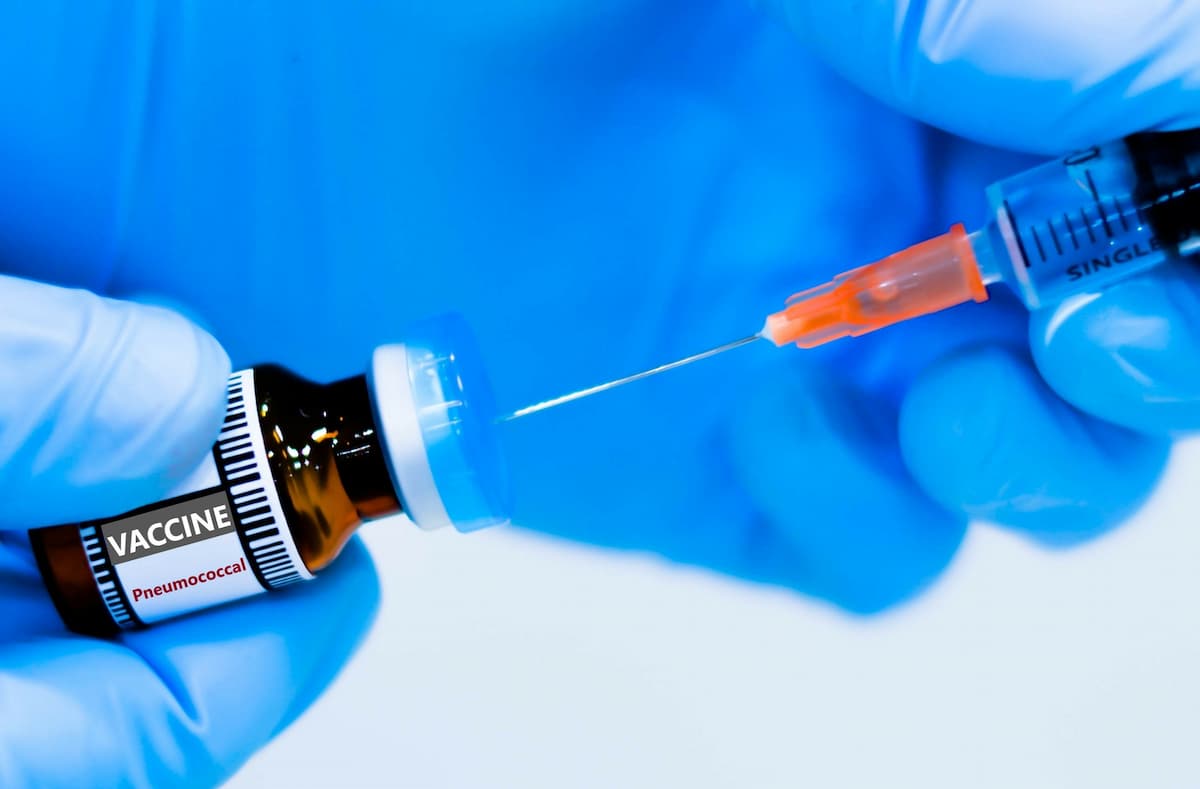Article
The Future of HIV Funding Under President Trump
Author(s):
Would federal funding cuts to the Ryan White Care Act be "devastating" to the HIV-positive population?
Shortly after the inauguration of President Donald Trump, the webpage for the Office of National AIDS Policy was taken down from the White House website.
While this may just be part of a typical transition to a new administration, advocates for the LGBTQ community are especially concerned about the future of the Ryan White Care Act, a national program that provides critical resources to individuals living with HIV, particularly low-income populations.
A press release from the White House on January 31, 2017, stated, "President Donald J. Trump is determined to protect the rights of all Americans, including the LGBTQ community."
There are an estimated 1.2 million individuals in the United States who are living with HIV, and approximately 1 of 8 are unaware that they are infected, according to the CDC.
During his campaign for Congress in 2000, Vice President Mike Pence questioned whether resources should be directed to the Ryan White program.
"Congress should support the reauthorization of the Ryan White Care Act only after completion of an audit to ensure that federal dollars were no longer being given to organizations that celebrate and encourage the types of behaviors that facilitate the spreading of the HIV virus. Resources should be directed toward those institutions which provide assistance to those seeking to change their sexual behavior," read a statement on Pence's website.
If the Ryan White Care Act is dismantled, it would have a substantial impact on HIV-positive individuals and the LGBTQ organizations that advocate for their care. If federal funding is not reauthorized, it would result in a significant reduction of services to this community.
The HIV/AIDS community organization Test Positive Aware Network (TPAN), estimates that the Ryan White funding comprises 10% of their overall budget, at more than $400,000 per year, according to an article in The Chicago Reader .
“If you are HIV-positive, seeing a doctor, and virally suppressed, the amount of HIV in your blood is pretty low,” Lorraine Hayes, associate director of TPAN, told Chicago Reader. “You’re 95% less likely to transmit the virus to someone else. If people were not able to receive case management that would increase the likelihood that they would transmit the virus to someone else.”
There are approximately 38,000 to 40,000 new HIV infections in the United States per year, and according to David Ernesto Munar, CEO of the Howard Brown Health Center, the consequences of pulling back on funding for the organization would be devastating for public health.
“These are communicable diseases that don’t recognize borders—like gender, ethnicity, or sexual orientation,” Munar told the Chicago Reader. “Every segment of the country is affected by HIV, so there are real consequences to allowing it to flourish. It becomes a bigger problem and maybe impossible to manage if we don't take advantage of the tools we have at our disposal. Without providing access to medications, the only thing we have to offer is palliative care—which is to die with dignity.”






